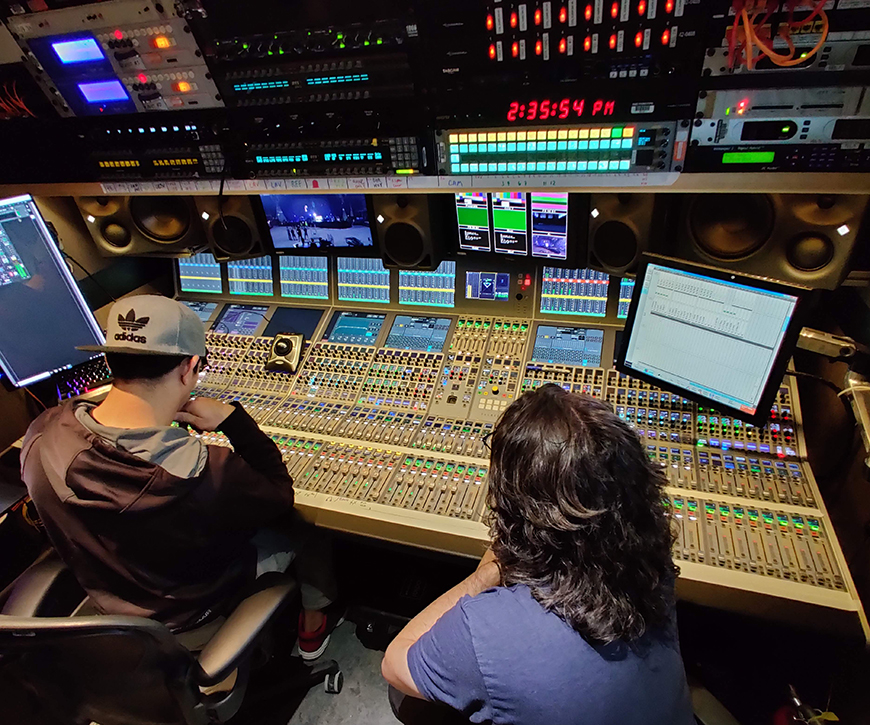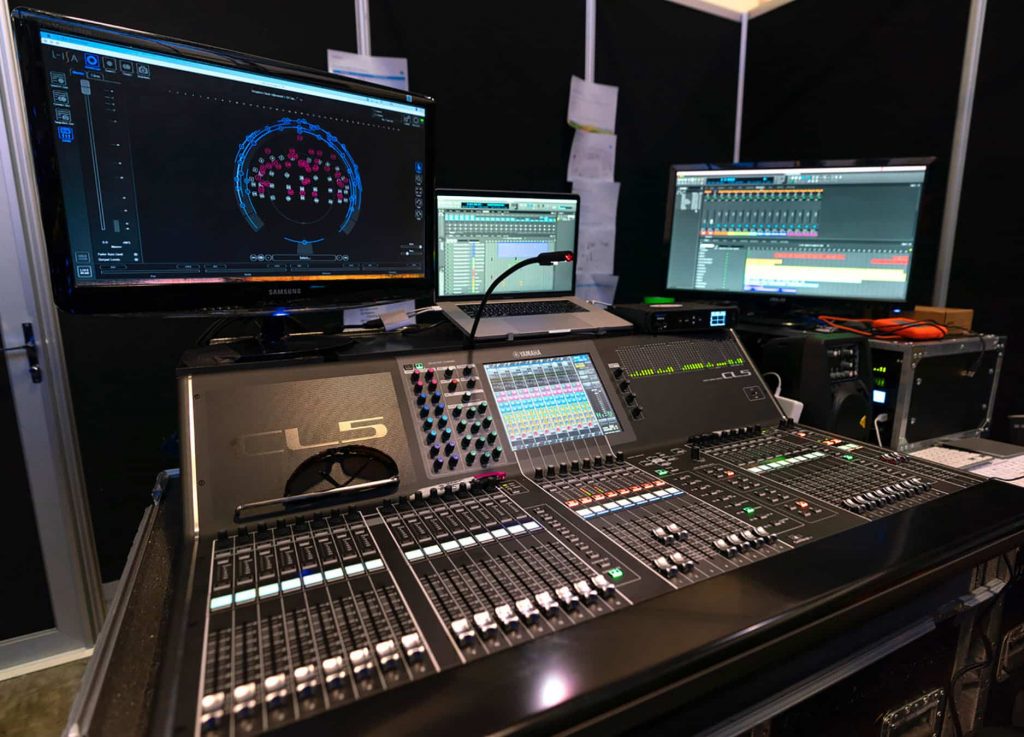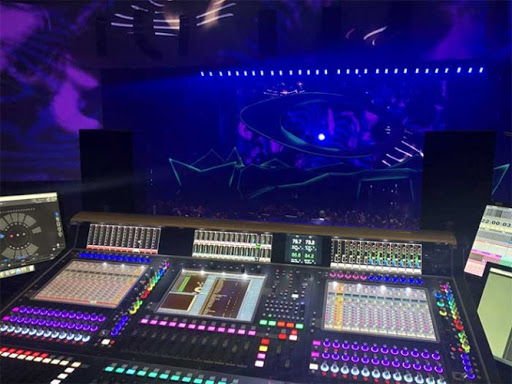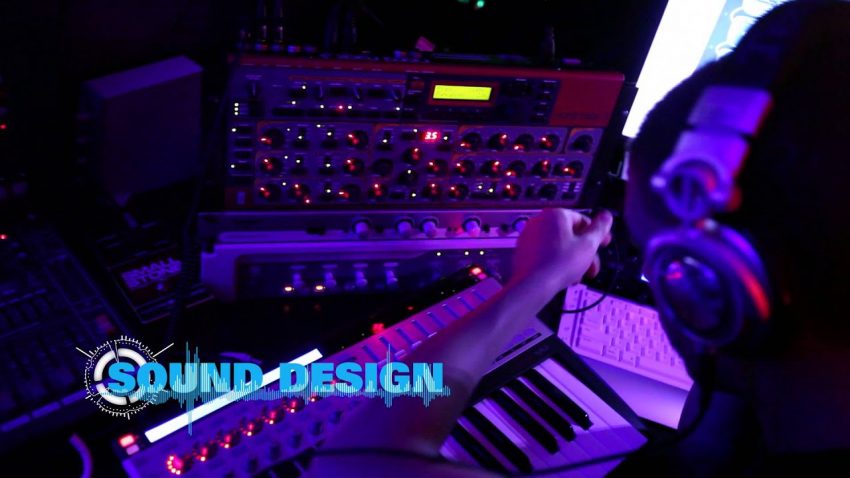Understanding Audio Visual Translation, How It Affects Your Life. Understanding Audio Visual Translation, How It Affects Your Life. Many people have been familiar with audio visual translation (AVT) in media, while others haven’t realized it. AVT itself is not something new. It has been started for a long time when media open all doors to information and entertainment.
Nowadays, people can easily watch movies and shows across the world, not only in their mother language but also in a foreign language. The existence of world-class platforms such as Hulu, Amazon Prime, and Netflix successfully takes us to the other dimension of language. Luckily, these contents have been dubbed or subtitled to accommodate the audience with different mother tongues.
That does where the AVT comes in, to ease people understanding the content. AVT itself refers to the way of transferring verbal language in audio/ video footage in other different languages. It has a specialized sector within the translation industry in his subordinate with its own difficulties and challenges.

Types of Audio Visual Translation
Based on the types of AVT, there is numerous kind of different AVT around the world. Each type has its own character and function. Mostly, it uses to accelerate the transferring information from a source language to the target language. Generally, 2 main activities can be classified as the AVT as below;
-
Dubbing
The most frequently ATV used to translate language in movies and shows is dubbing. It involves revoicing the original audio to translation audio in a different language. The original one will be exactly replaced by supplementary recording with original soundtracks, noises, and effects.
The most challenging part of dubbing is when it involves the ad-lib from the actors, including the gestures and lip-movements. It requires the translator’s imagination and flexibility to interpret the same illusion. So, the character wouldn’t be distracted while speaking in an audience’s language.

-
Subtitling
Subtitling becomes an interesting option to accommodate audience needs without changing the original audio. To make people understand what the actors are talking about, they add subtitles in the audience’s mother tongue. Rather than dubbing, it is the preferred option among numerous countries. The process of subtitling is faster and cheaper than dubbing.
This localization doesn’t change the audio visual elements at all. Meanwhile, the translator will add written text on the lower page of the screen and keep the audio unpolished. The most challenging part of subtitling revolves mostly in idiomatic and colloquial expression. So

metimes, it cannot be delivered properly because of character restrictions and limitations.
Other Challenges in Audio Visual Translation
Whatever it is, Hollywood keeps moving fast. With numerous shows and movies airing internationally, we are expecting different audiences from around poker deposit pulsa the world to access the whole seasons. It affects translators the most, to work more with the audio visual content. Other than that, some challenges have to deal with.
- Colloquial dialogues and language; translating humor, puns, and other colloquial language force linguist to work harder. They have to keep the importance of the original culture while transferring in a different culture.
- Culture-specific terms and concepts; either movies or shoes tend to portray realities in the original culture. But, bring it to a different culture and make the viewer accept the concepts are difficult.
Basically, the difficulties and challenges can be eased by technology. An audio visual translator will keep working with image processing and software systems to dubbing and subtitling. Like it or not, audio visual translation depends very much on technology to make all works better.

